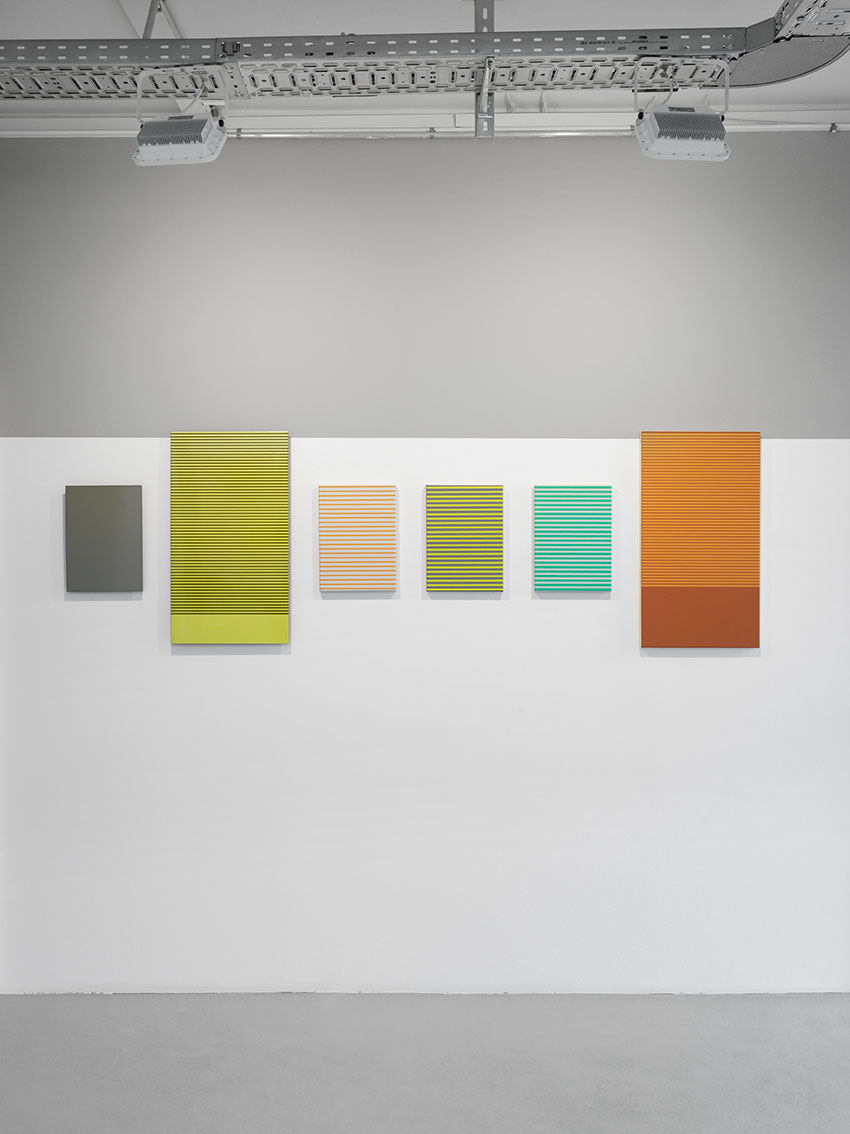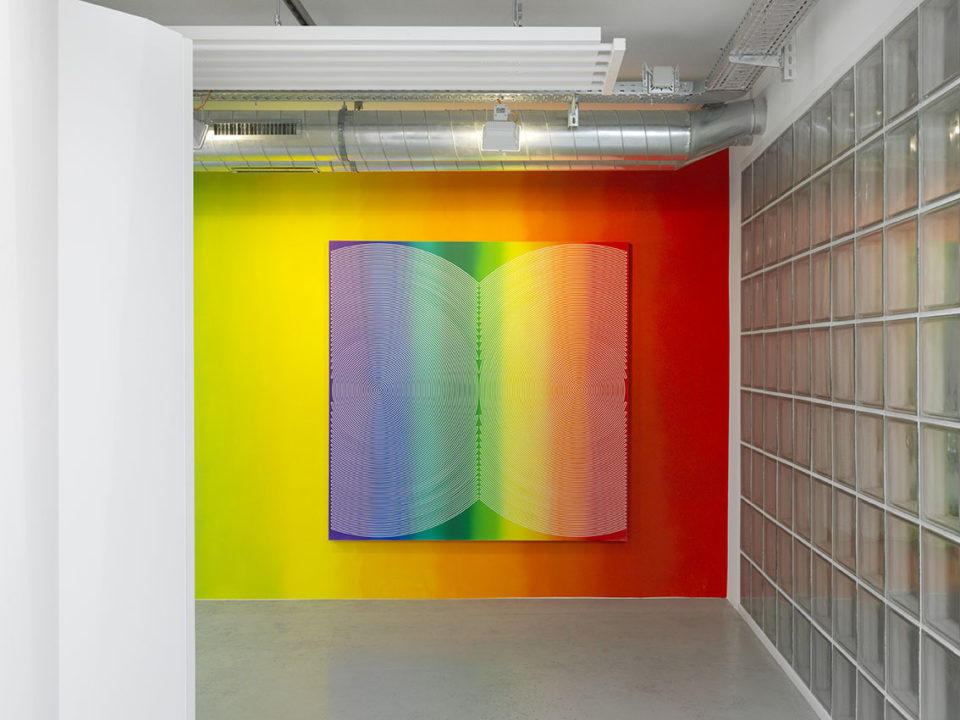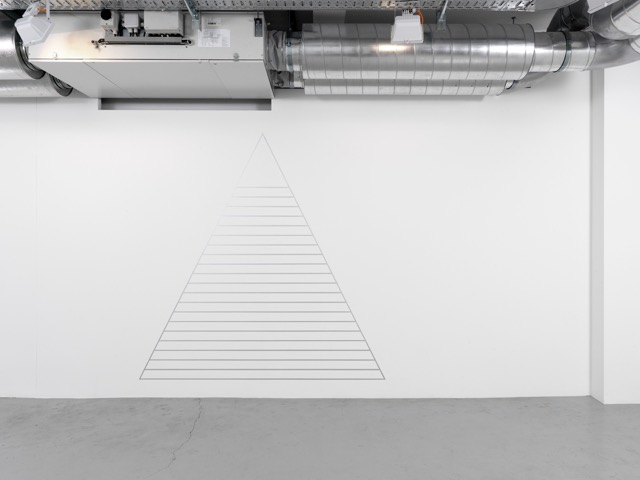Depuis 2014, la galerie Joy de Rouvre développe une programmation spécifiquement consacrée à la peinture murale et à la sérigraphie. Cette orientation est le fruit d’une double volonté : d’une part, offrir aux artistes invités la possibilité d’investir l’ensemble de l’espace de la galerie avec des interventions picturales in-situ (sans les contraintes liées à la production d’objets figés) ; d’autre part, favoriser l’accessibilité de l’art contemporain par la production d’œuvres multiples.
Chaque peinture murale, pensée en interaction avec le cadre architectural de la galerie, est accompagnée d’un certificat qui permet, à l’acquéreur, de matérialiser l’œuvre dans un nouveau contexte. L’œuvre connaît ainsi plusieurs états d’existence. Dans la lignée des certificats de l’art conceptuel, ce document prescriptif laisse une marge d’interprétation plus ou moins grande.
Les sérigraphies produites pour chaque exposition engagent elles aussi des modes de production, d’exposition et de distribution spécifiques. Leur prix de vente vise à faciliter l’acquisition d’œuvres d’artistes majeurs par le plus grand nombre. Le caractère multiple de la sérigraphie, à l’inverse de l’objet unique fétichisé, permet au travail d’être apprécié, là aussi, dans des temps et des situations diverses et de circuler davantage.
lien presse:
Since 2014, Galerie Joy de Rouvre has focused specifically on mural painting and screen-printing. There are two intentions with this positioning: on the one hand, to offer artists the possibility of investing the entire space of the gallery with in-situ pictorial interventions (without the constraints related to the production of “static” objects); on the other hand, to promote the accessibility of contemporary art through the production of multiple works.
Each mural, conceived in interaction with the architectural framework of the gallery, is accompanied by a certificate, which allows the buyer to materialize the work in a new context. The work thus knows several states of existence. As is usual with certificates of conceptual art, this prescriptive document leaves more or less room for interpretation.
The screen-prints produced for each exhibition also involve specific production, exhibition and distribution methods. Their price is intended to facilitate the acquisition of works of major artists by a larger population. The multiple character of serigraphy, unlike the fetishized single object, allows the work to be appreciated in different times and situations and to circulate more fluidly.





















